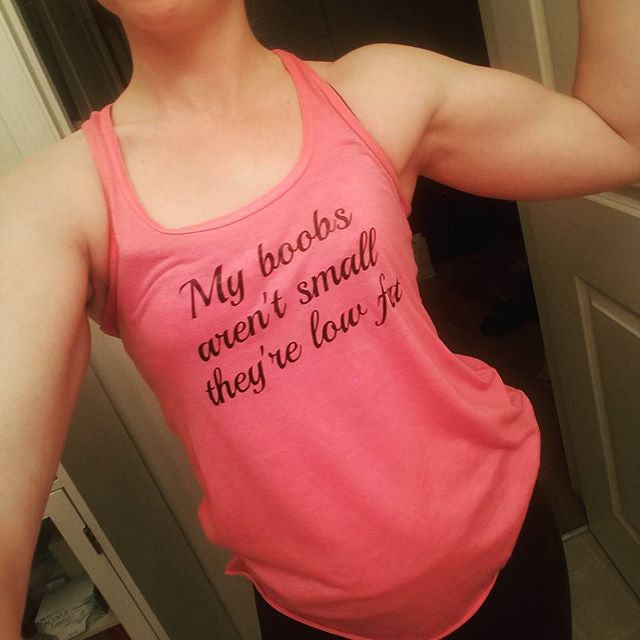
But not only did the mammogram not hurt in the least-I'd call it oddly uncomfortable-but I found out my lump was normal." She adds that the daily anxiety she suffered from thinking she was dying of breast cancer for two years was way worse than the inconvenience of the test and wishes she'd just done it sooner. "I was so scared and weak from fear I almost swooned while stepping up to the machine.

"I asked my mother and sister to go with me for support and my doctor even gave me an anti-anxiety pill to help me calm down before the scan," she says. When her new boyfriend found out about the situation, he made her call the doctor the very next day and set up an appointment. Heidi K., of Seattle, Washington, says she was so terrified of the pain that she thought was involved with a mammogram that she put off getting a painful breast lump checked out for two years.
#Boob squish funny free#
"It was quick, easy, and didn't hurt my C-cups at all." In fact, she says the testing center she went to was downright posh, with high-end massaging chairs and free coffee while you wait. "I had to have three mammograms-two regular and one diagnostic-and they weren't nearly as bad as I was expected," says Kristen M. Hint: It is not as bad as you think it is. Nervous? Most women are! So we rounded up some ladies who recently lost their mammogram virginity and asked them to tell us what it's really like. But what it feels like is a completely different experience than that clinical description. The x-rays are then read and you get results anywhere from several minutes to several weeks later.

So what exactly happens when you get your first mammogram? The technical details are pretty simple: You take your top off and a lab tech helps you position each breast on the machine so they can take an x-ray. (Depending on your risk factors, your doctor may recommend you start getting them earlier or have a "baseline" mammogram done in your thirties or early forties.)

This is why the American Cancer Society recommends every woman start getting annual mammograms at age 45. Along with self-exams and regular doctor check-ups, mammograms are a key part of catching breast cancer in the early, more treatable stages. It's no one's idea of a good time-having your boobs manhandled and squished between metal plates while someone takes pictures sounds more horror film than medical necessity-but it's necessary. Like getting your first pap smear or having your first PMS breakdown in a public place, getting a mammogram is just one of those things women do because it's part of the business of being a woman.


 0 kommentar(er)
0 kommentar(er)
